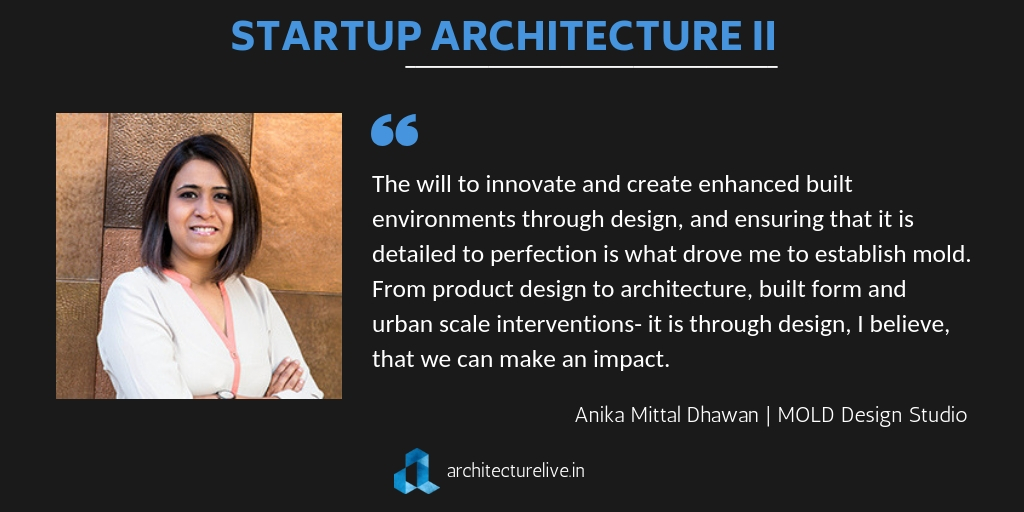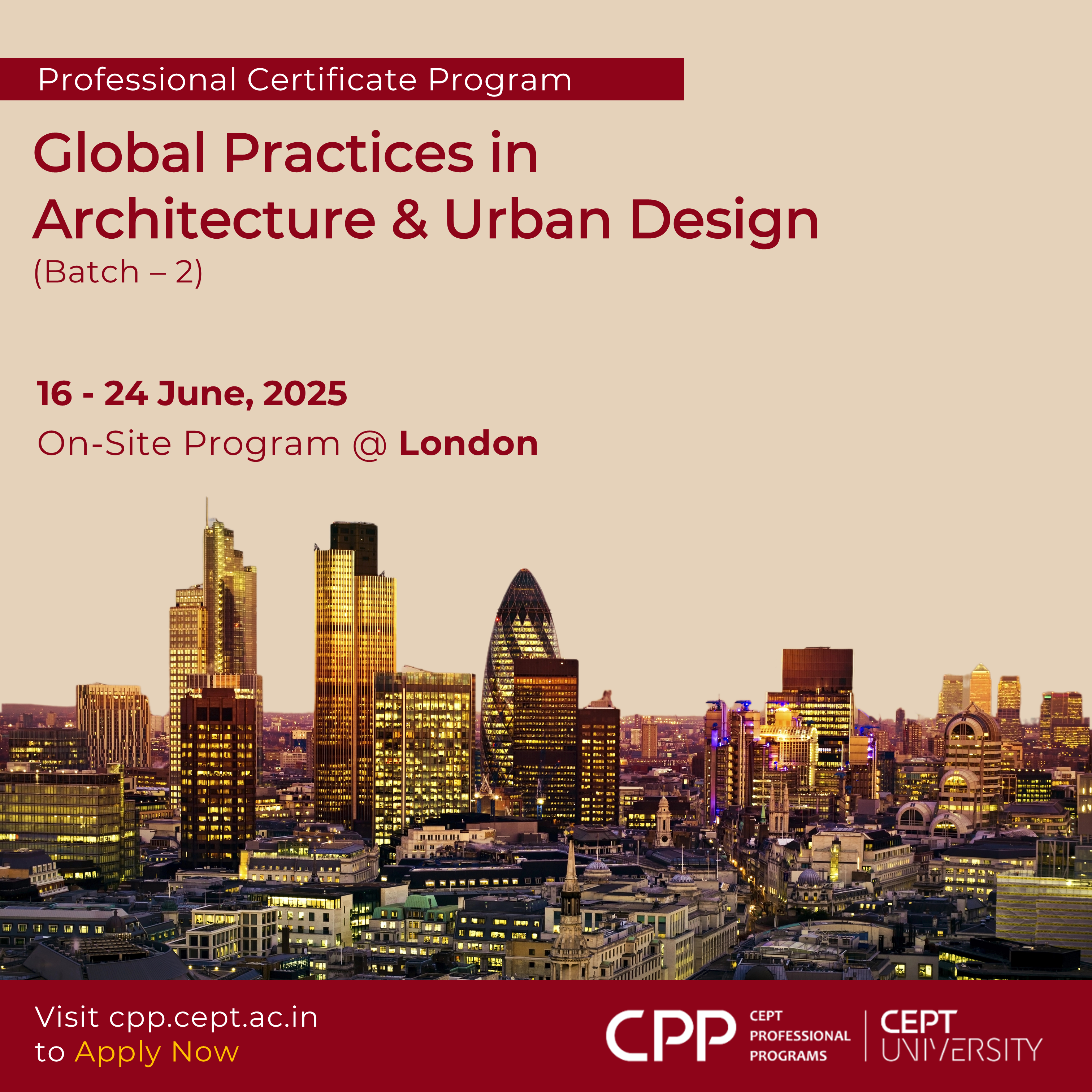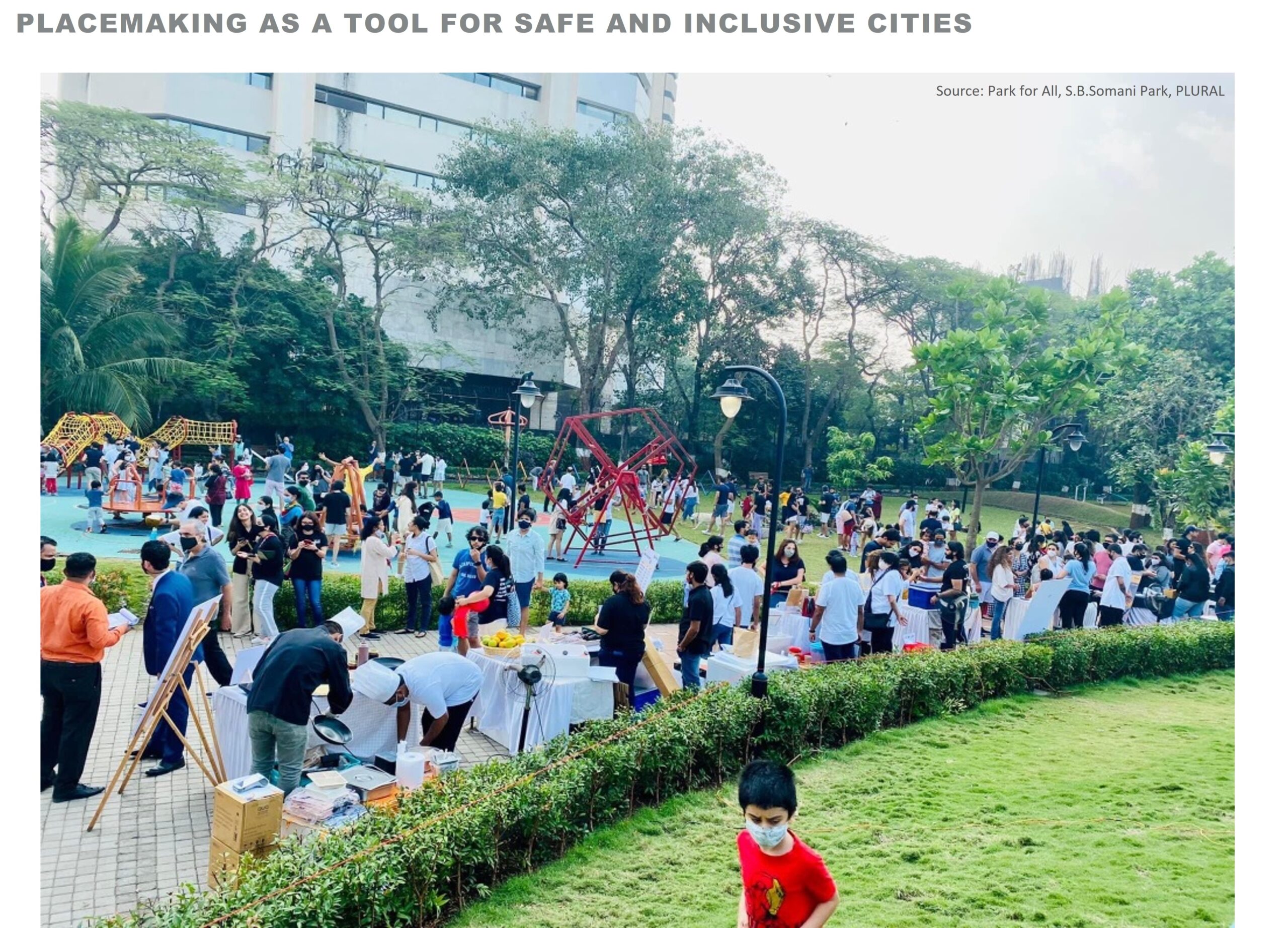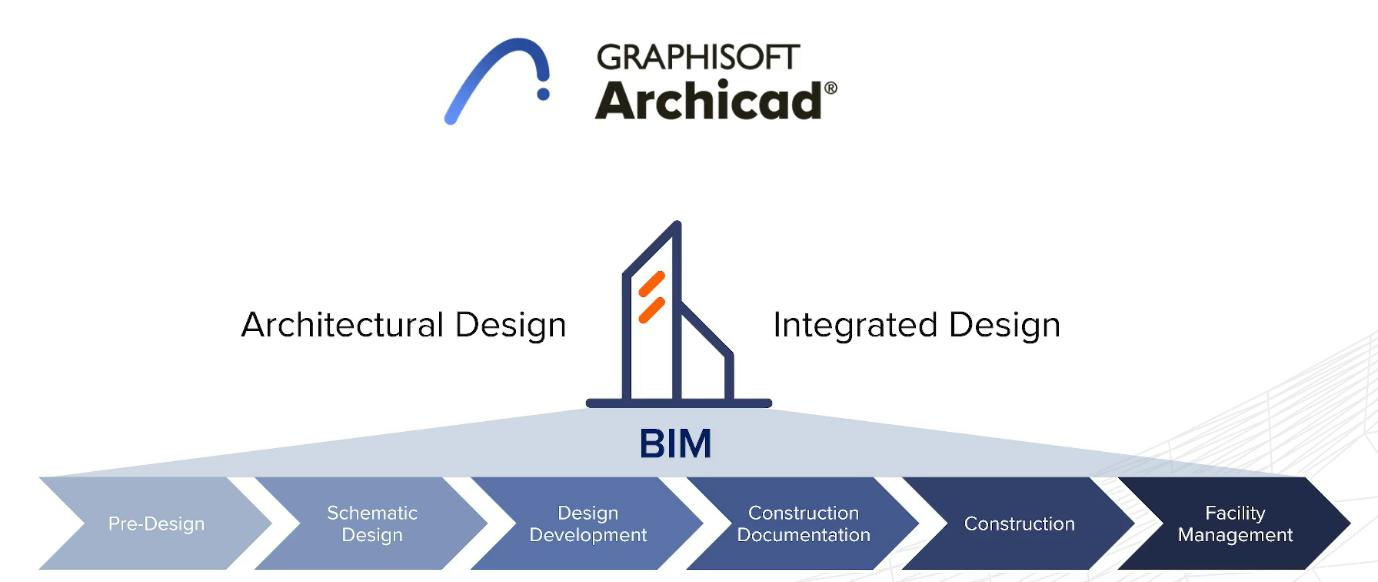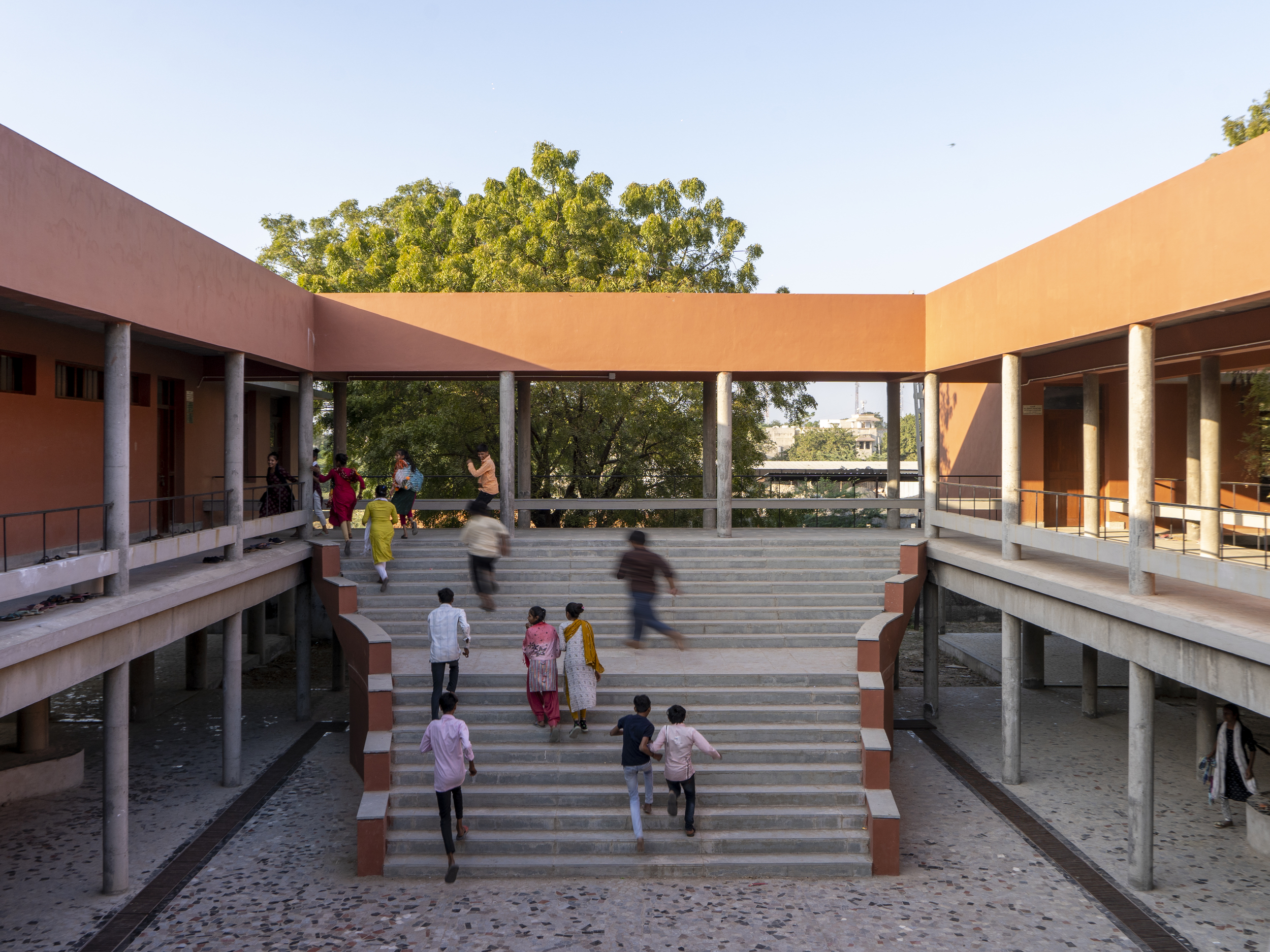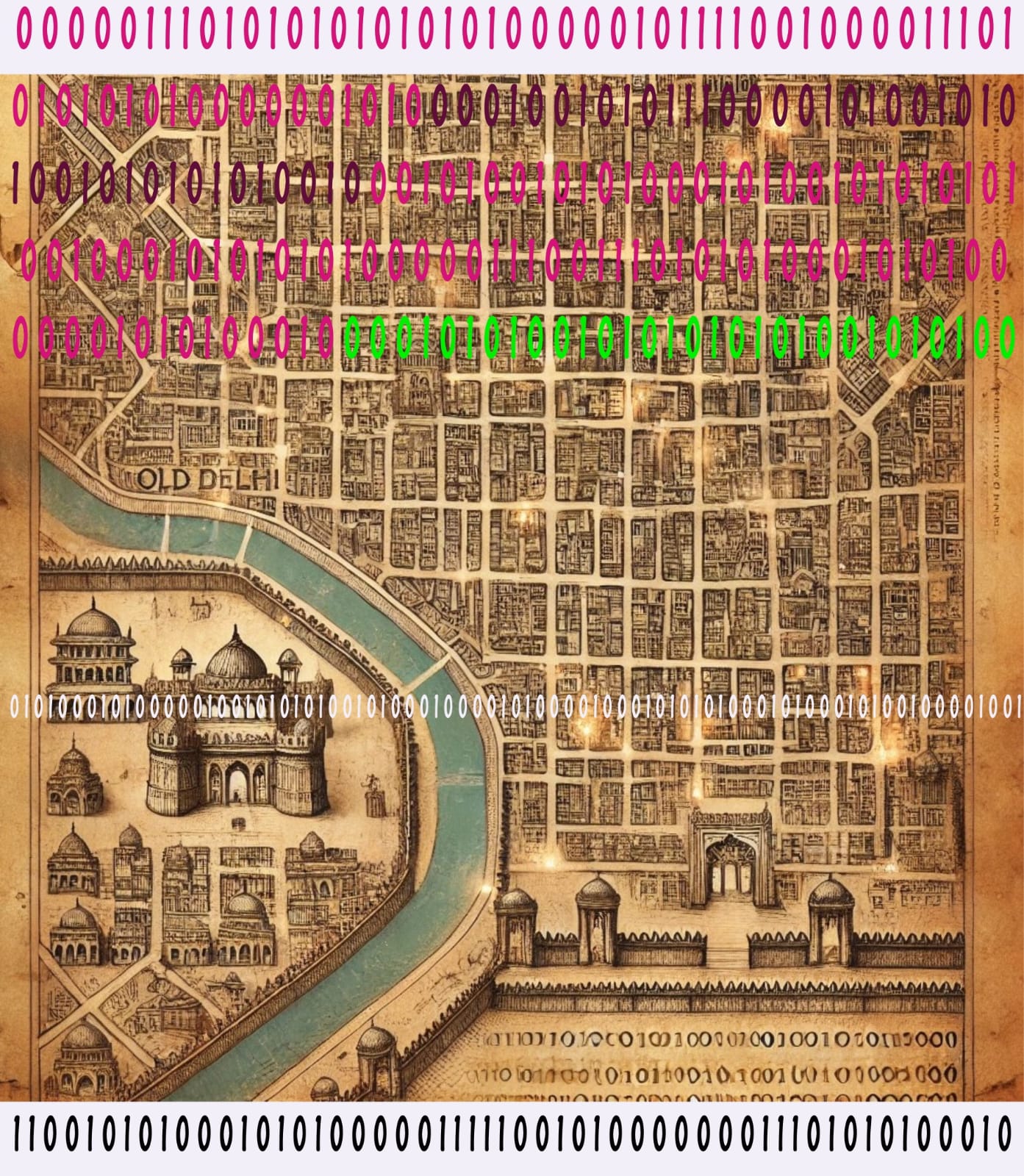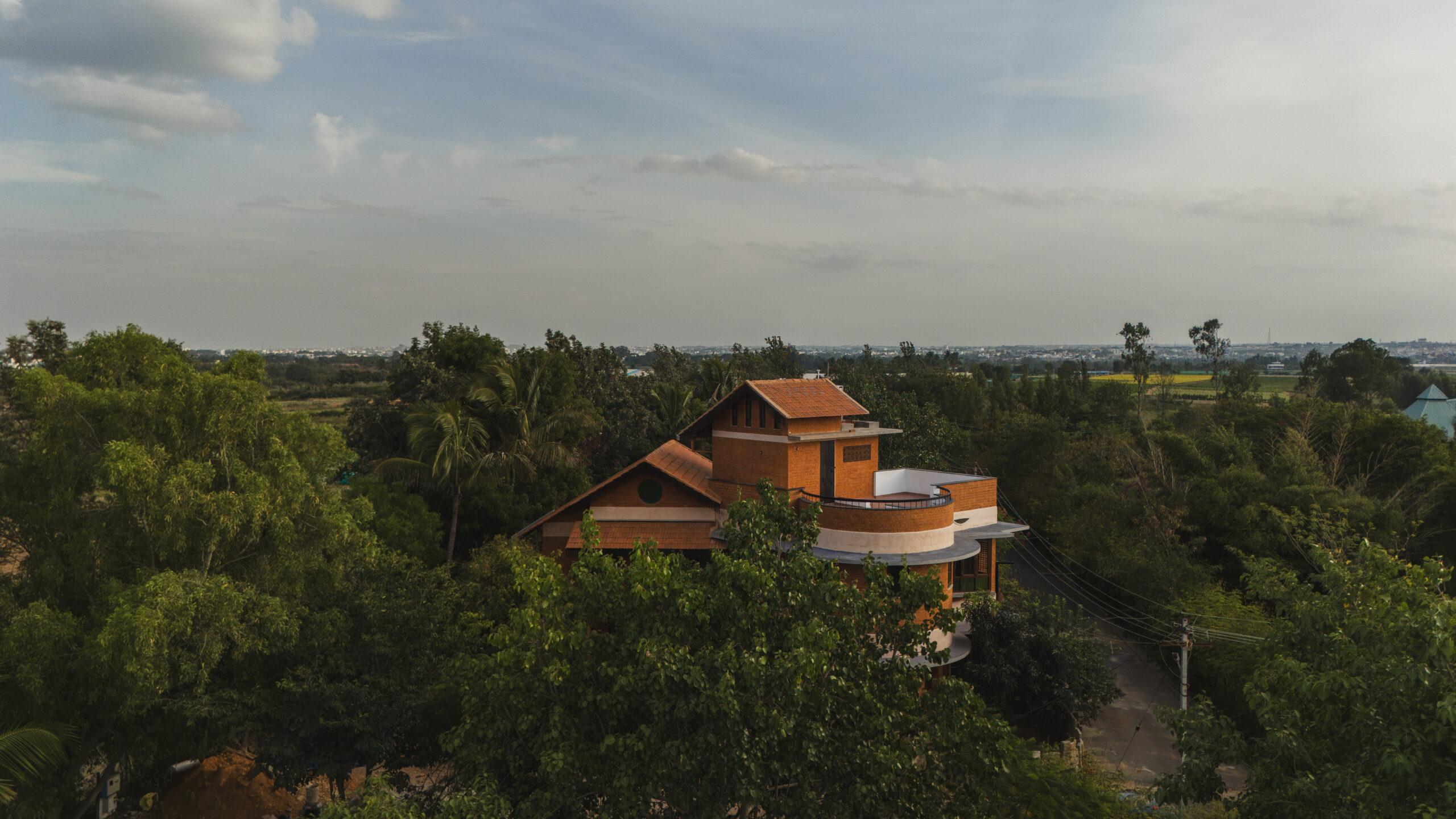mold’s design philosophy is that all objects, from large cities, spaces to products can be sculpted and molded, as per the needs and requirements of the users. mold works with the principle of the user being the most significant aspect of any design exercise. An in-depth design process coupled with the structured involvement of the client and consultants results in optimized dynamic solutions. We strive to consistently deliver high-quality standards driven by strong design, rigorous processes, and extensive collective dialogue. Each project is a unique challenge, and hence, a result of an in-depth design process that involves the user, to create an optimized and dynamic solution. Current projects at mold include residences and offices across NCR and Kumaon, where mold is providing comprehensive services across all stages of design and construction.
Anika Mittal Dhawan is an Architect and an Urban Designer with over 13 years of experience across all the facets of design and construction industry in India and UK. An avid photographer, and at the helm of mold design studio for a considerable time, Anika has also been a visiting faculty at the School of Planning and Architecture, New Delhi.
mold design studio started with the intent of providing comprehensive services across all stages of design and construction. An integrated approach is adopted to achieve a blend of programmatic requirements/ ideas together with traditional ideologies, craftsmanship and contemporary aesthetics. Product design manifests itself at the heart of this approach. Anika says,
mold works with the principle of the user being the most significant aspect of any design exercise and we understand the needs and requirements of our clients, their aspirations, to produce design-led solutions that are specifically personalized to individual needs. The will to innovate and create enhanced built environments through design, and ensuring that it is detailed to perfection is what drove me to establish mold. From product design to architecture, built form and urban scale interventions- it is through design, I believe, that we can make an impact.
Anika is of the opinion that architecture is one of the few professions that provide all-rounded exposure to the various aspects of design through its education. The challenges are of course related to implementing processes, ensuring quality, delivery, and enabling good design while optimizing resources- but it’s a part of the game and is what makes life at mold interesting.
The dynamics of the designer, the client and all the various stakeholders- is something that personally is of interest to me.
For Anika, the biggest achievement is being recognized for her work at mold. She believes that mold has been very fortunate that despite being a young practice, their work has continuously been getting featured in media, in both national and international publications with immense reader appreciation. Awards are of course, always a positive motivation and an incentive to perform better with more zeal and getting visibility for the studio’s work. “Also, when clients come back, it means that we are on the right track”, says Anika.
While discussing a project that gave Anika maximum satisfaction, she cheerfully spoke of a residence in the heart of New Delhi she recently finished. The design of this house is a sharp take on the contemporary housing scenario of cities today. It embodies the principle values of mold to provide solutions for the urban architecture of Delhi to incorporate sustainability, regional identity, family values, and personal space. The project is also a manifestation of the larger vision of combining The Indian modern and what has been inherited as a part of the tradition.
As the name suggests, mold envisions to mold as per necessity, positively impacting all realms of design and the built environment. Anika hopes she can constantly push the boundaries and find a way to express Indian culture through modern interpretation.
Ending the conversation with a note, she advises youngsters to love and enjoy the process of design.
Ideally, stick to your guns. The going can get really tough, ever so often, but believe in what you have set out to do. Also, take advice and learn from peers and mentors. As a practice, we love to engage and collaborate, something that keeps us inspired as well.

